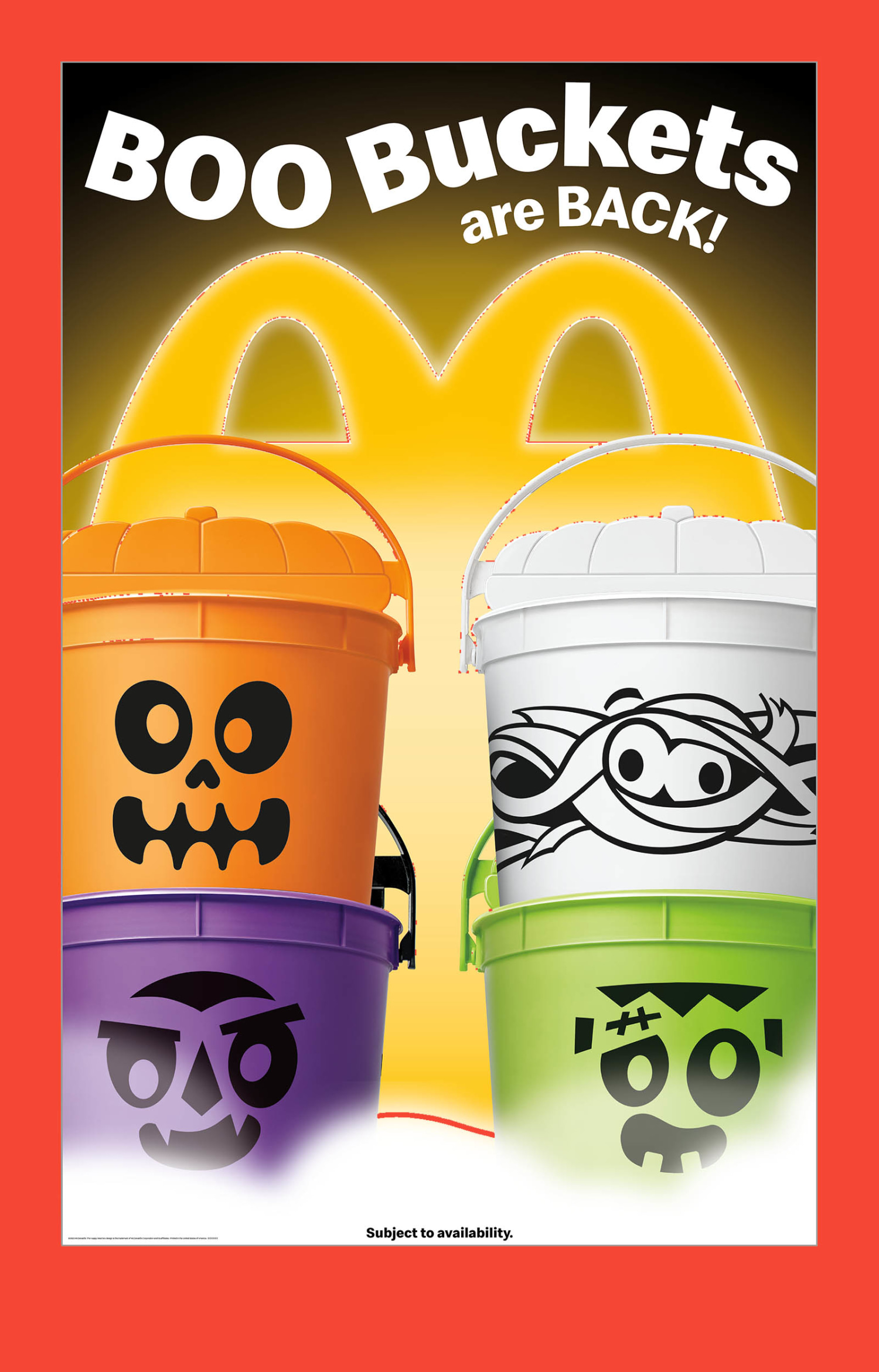 Learn How to Organize Your Content Effectively with These 6 Practical Methods: Content Buckets
Learn How to Organize Your Content Effectively with These 6 Practical Methods: Content Buckets
Content creation is a crucial aspect of any successful digital marketing strategy. However, coming up with fresh and engaging content ideas consistently can be a challenge. This is where content buckets come in. Content buckets are a way to organize your content into specific categories or themes, making it easier to plan and create content that resonates with your target audience.
What are Content Buckets?
Content buckets are essentially categories or themes that you can use to organize your content ideas. By grouping your content into buckets, you can ensure that you cover a variety of topics that are relevant to your audience. This not only helps you maintain a consistent content calendar but also ensures that your content is engaging and valuable to your readers.
How to Use Content Buckets
There are many ways you can use content buckets to organize your content. Here are six examples of content buckets that you can implement in your content strategy:
1. Industry News and Trends
One content bucket you can use is industry news and trends. This category can include updates on the latest developments in your industry, new technologies, or emerging trends that are relevant to your audience. By keeping your audience informed about what’s happening in your industry, you position yourself as a thought leader and keep your audience engaged.
2. How-To Guides and Tutorials
Another popular content bucket is how-to guides and tutorials. This type of content is highly valuable to your audience as it helps them solve a problem or learn a new skill. By providing step-by-step instructions and practical tips, you can establish yourself as an authority in your niche and build trust with your audience.
3. Case Studies and Success Stories
Case studies and success stories are another effective content bucket. By showcasing real-life examples of how your products or services have helped customers achieve their goals, you can demonstrate the value of what you offer and build credibility with your audience. This type of content is particularly persuasive as it provides social proof of your expertise.
4. Behind-the-Scenes Content
Sharing behind-the-scenes content is a great way to humanize your brand and connect with your audience on a more personal level. This content bucket can include sneak peeks into your creative process, employee spotlights, or a day in the life of your team. By giving your audience a glimpse behind the curtain, you can build stronger relationships and foster loyalty among your followers.
5. User-Generated Content
User-generated content is another valuable content bucket that can help you engage your audience and build a sense of community around your brand. This type of content includes testimonials, reviews, and photos or videos shared by your customers. By showcasing user-generated content, you not only highlight the positive experiences of your customers but also encourage others to engage with your brand.
6. Seasonal or Holiday Content
Finally, seasonal or holiday content is a great way to keep your content fresh and relevant throughout the year. This content bucket can include themed posts, promotions, or events tied to specific holidays or seasons. By tapping into seasonal trends and celebrations, you can capture the attention of your audience and drive engagement with your brand.
Benefits of Using Content Buckets
Organizing your content into buckets offers several benefits for your digital marketing strategy:
Consistency: By categorizing your content ideas, you can ensure that you cover a variety of topics consistently.
Relevance: Content buckets help you focus on creating content that is relevant and valuable to your target audience.
Variety: Using different content buckets allows you to diversify your content strategy and keep your audience engaged.
Efficiency: Planning and creating content becomes easier when you have a clear structure in place.
Conclusion
Content buckets are a powerful tool for organizing your content strategy and engaging your audience. By grouping your content into specific categories or themes, you can ensure that you cover a variety of topics that are relevant and valuable to your target audience. Whether you choose to focus on industry news, how-to guides, case studies, behind-the-scenes content, user-generated content, or seasonal/holiday content, using content buckets can help you maintain a consistent content calendar and drive engagement with your brand.
If you’re looking to take your digital marketing strategy to the next level, consider implementing content buckets in your content planning process. By organizing your content ideas into specific categories or themes, you can streamline your content creation process, keep your audience engaged, and ultimately achieve your marketing goals.
